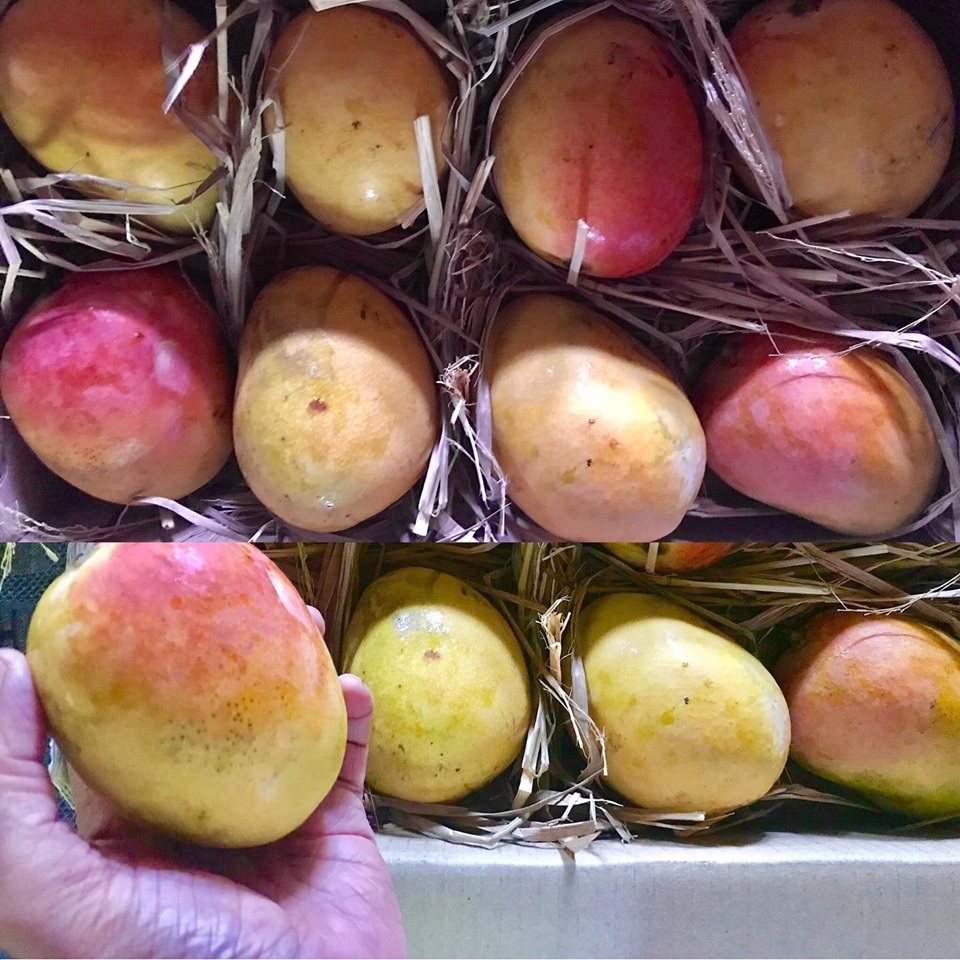
Mango, the king of the fruits in India, has already arrived in the local Goan markets. Goa is known for a variety of local species, very native to this land. There is enough documentation of these varieties penned by scientists, agriculture officers and writers to prove that Goa has a large number of mango varieties of Goan origin.
I recall, it was in 1980, that a research paper was presented in the ‘All India Mango Show’ held in Panaji that listed the different varieties of mangoes in Goa. This paper was presented by Fernando do Rego and Kutbudin A Kazi of the Directorate of Agriculture. The Manga Hilario won a prize at that show in early July, 1980.
Then in 1987, the Agriculture Officers’ Association (AOA) in Goa organised the first ‘All Goa Mango Show’ at the Institute Menezes Braganza. It was the first time that a large number of mango varieties of Goan origin came into public consciousness.
Horticulture scientist P A Mathew researched these varieties and compiled a technical bulletin that lists and describes the mango varieties. The then director of ICAR-Goa, Dr Narendra Pratap Singh helped Fausto Cardoz to register the Cardoz Mankurad in the name of his father, Dr Armando Batista Cardoz, my neighbour in Mapusa. It was a ‘chance seedling’ of a superior mango fruit from a tree that grew out of a casually discarded mango seed.
Similar is the story of the mango named after Hilario Fernandes of Siolim. The Manga Hilario or Mangilar is arguably the best mango variety of Goa. It has light butter yellow to ivory colour pulp that is firm, melting, juicy and aromatic. The cut edge of the peel is saffron coloured. The major disadvantage is that the fruits ripening during the monsoons often have maggots of fruit flies, if not controlled.
There is a wealth of information easily available to persons interested in mangoes. The book ‘Mangoes of Goan Origin’ (1997) by P A Mathew, scientist-Horticulture (with D G Dhandar and S Subramaniam) published by ICAR-Goa Research Centre, Old Goa, with descriptions and coloured photographs of mangoes, is still available for just Rs 50 a copy. Limited copies of ‘As Mangas De Goa/Mangoes of Goa’ (2018) a bilingual edition by Fernando do Rego (former deputy director of Agriculture) published by Fundacao Oriente, Lisbon, are also available in Goa. Dr K C Naik, later the first vice- chancellor of the University of Agricultural Sciences, Bengaluru, published the first authoritative book entitled ‘Classification and Nomenclature of South Indian Mangoes’ in 1950 along with Dr S R Gangolly. More recently, Vivek Menezes has explored the history of mango through the ages and, last week, Arati Das has written about the seedling mangoes.
To the Goan consumer ‘Mango means Mankurad’ even though the Mankurad variety is not yet registered under the Protection of Plant Varieties and Farmers’ Rights Act, (PPV & FRA) with the Ministry of Agriculture and Farmers’ Welfare, New Delhi. The Mankurad at a sugar level of 21 Brix is slightly less sweet than Manga Hilario (23 Brix).
The Mankurad has obtained a ‘Geographical Indication’ or GI tag for Goa in 2023 and on May 25 last year, it became the first mango of Goan origin to be exported from Goa. The mangoes were procured from local farmers growing them in Thane-Dongurlim Panchayat area near Valpoi in Sattari taluka of Goa and exported by KayBee Export Pvt Ltd. The export was facilitated by APEDA (Agricultural Produce Export Development Agency) with sanitary certificate and Customs clearance through Samuel Dias & Co, Vasco. The export of three hundred boxes of Mankurad or Mal Curada mangoes from Manohar International Airport at Mopa in Pernem, was a breakthrough that needs to be built upon this year and the years to come.
From 2003, the Botanical Society of Goa (BSG), began organising the Konkan Fruit Fest (KFF) annually in the first half of May in collaboration with the newly established (Municipal) Corporation of the City of Panaji (CCP) and the consistent participation of ICAR-Goa. The Directorate of Agriculture, the Forest Department, the Konkan Krishi Vidyapeeth and University of Agricultural Sciences, Dharwad, Bengaluru and Bagalkot associated with the festival during some years.
Mango varieties from across the Konkan were the focus of the KFF held in Panaji for a decade from 2003 to 2012 and for two years 2013 and 2014 in Margao before returning to Panaji for a joint event with the second ‘Goa Mango Fest’ of the Directorate of Agriculture on the riverside promenade of Dayanand Bandodkar road.
It was held at Navelim-Salcete last year to give South Goa farmers greater visibility. It is likely to come back to Panaji this year. The Directorate of Agriculture, Goa, sporadically organised ‘All Goa Mango Shows’ between 2014 and 2022, in Panaji. With a dozen zonal agriculture offices with one office in every taluka and a number of farmers linked to it via the Krishi cards and on WhatsApp under the ‘E-Krishi Sampark’, the Directorate of Agriculture has a greater reach but it remains largely untapped.